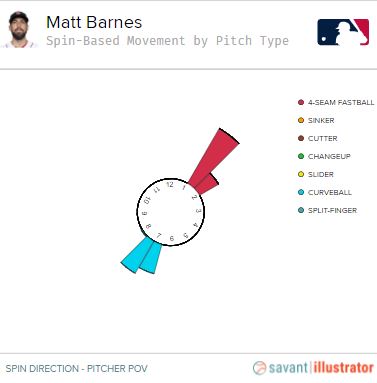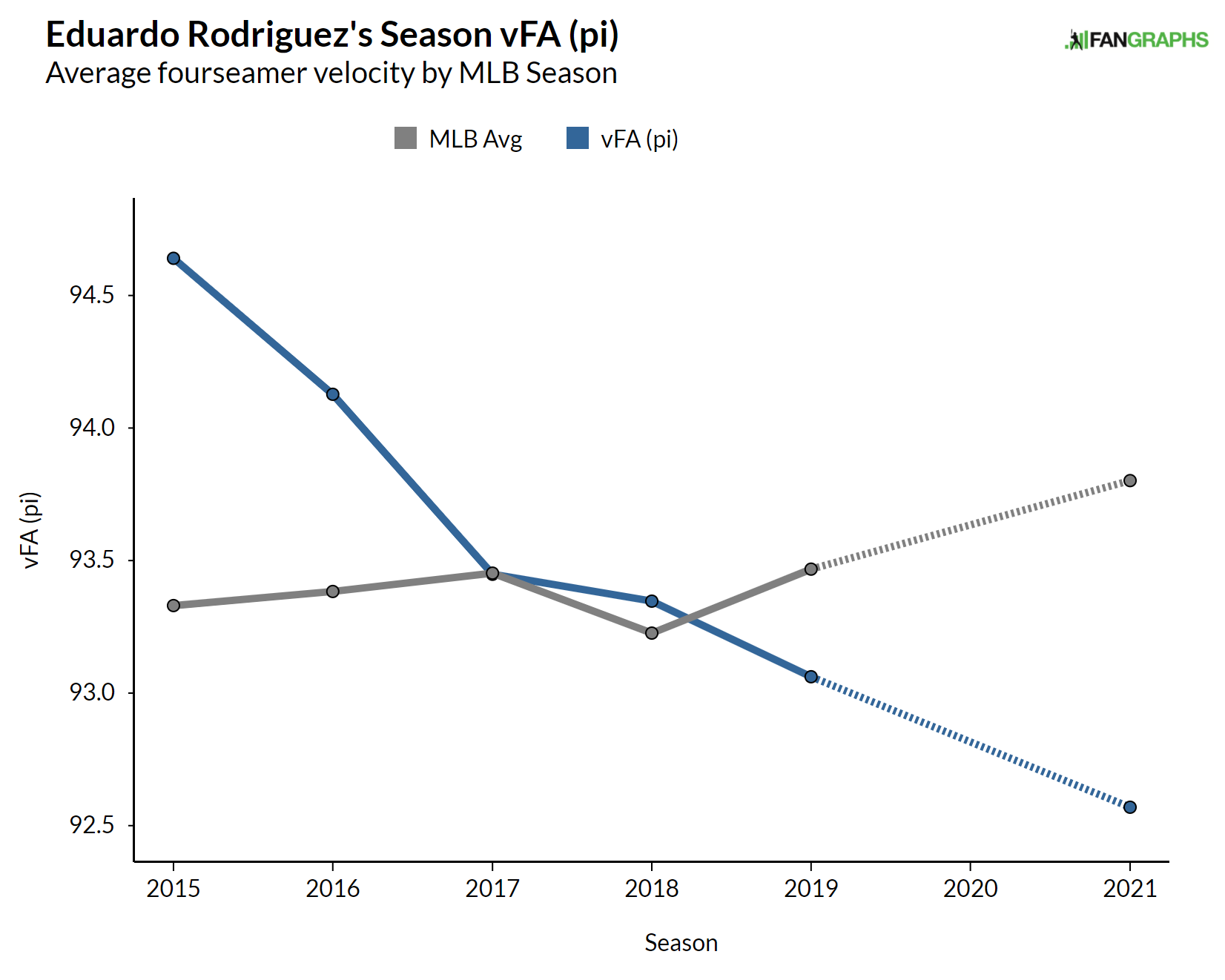Sunday Notes: Rockies Prospect Mitchell Kilkenny Channels Calvin and Hobbes
Mitchell Kilkenny is quietly having a stupendous season. A second-round pick by the Colorado Rockies in 2018 out of Texas A&M, the 24-year-old right-hander boasts a 1.47 ERA over eight starts with the Low-A Fresno Grizzlies and the Spokane Indians. Moreover, he’s fanned 54 batters and issued just five free passes in 43 innings.
His plus command is a much-needed asset. Kilkenny is more finesse than power, his fastball ranging from the upper 80s to the low 90s. At least for now. Kilkenny threw harder as a collegian, but then came Tommy John surgery shortly after he was drafted, and last year’s cancelled minor-league season only muddied the waters. No matter. He fully expects his velocity to tick back up in time, and even if that doesn’t happen, his ability to mix, match and tunnel two- and four-seam fastballs, a slider, a curveball, and a changeup has proven to be plenty effective. As Kilkenny put it, “I might not be bright and flashy, but I’m having success.”
Prior to matriculating at Texas A&M where he double-majored in Renewable Natural Resources and Forestry, he excelled in English class at Houston Christian High School.
“My one fun fact is that I won two awards in creative writing contests,” Kilkenny told me. “One was for a class project where we were to write to a favorite author of ours. I picked Bill Watterson, for Calvin and Hobbes, because that was my favorite comic growing up, I love Calvin and Hobbes. Anyway, it was just a little piece about what the author had given me, which was some of the insights you can get out of a simple comic.” Read the rest of this entry »


